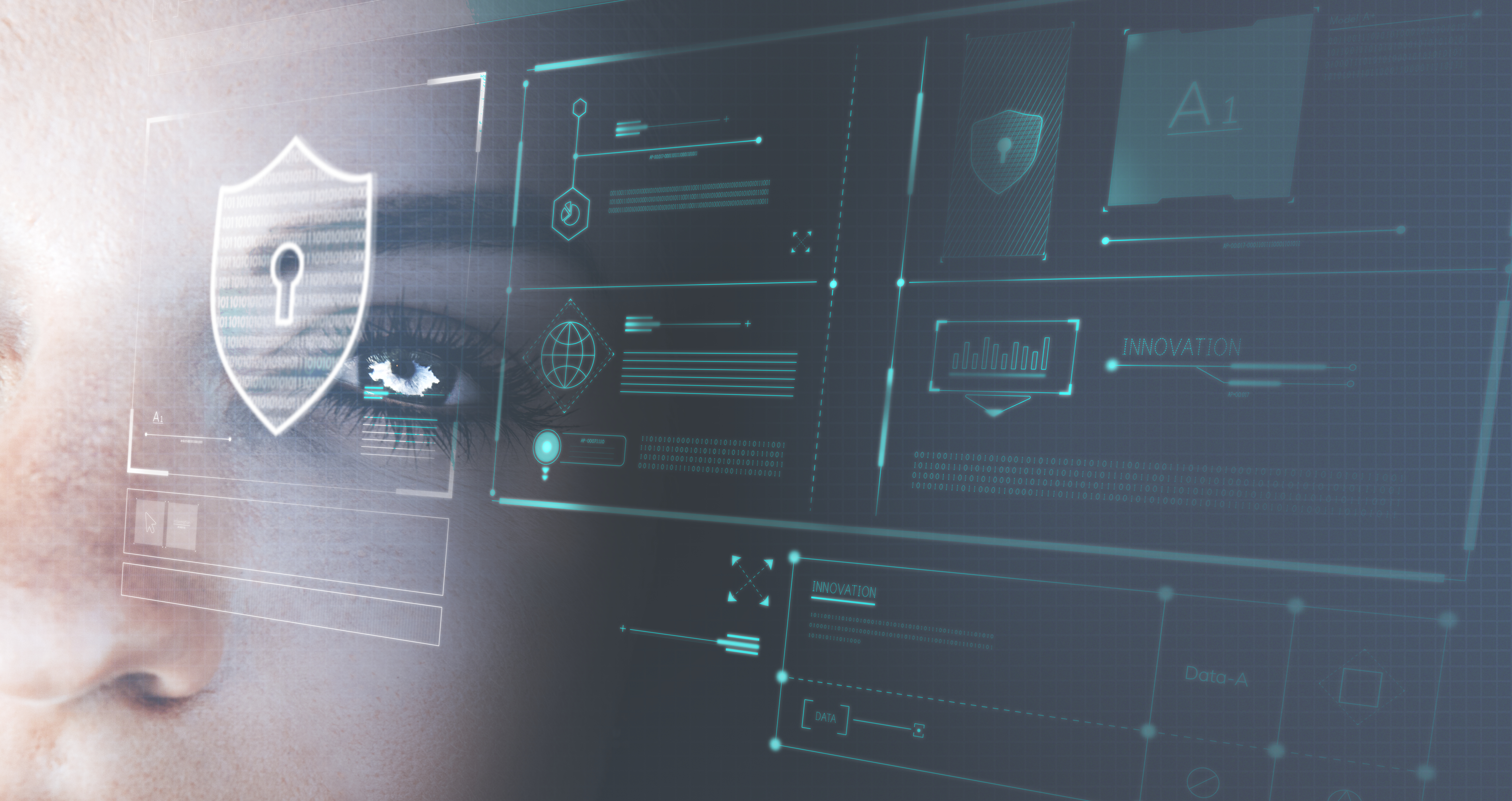In an era where data is a critical asset for businesses, ensuring its security is paramount. Optical Character Recognition (OCR) technology plays a pivotal role in handling and processing vast amounts of data. This page delves into the intricacies of how OCR contributes to data security and the measures in place to protect sensitive information.
The Basics: How OCR Works
OCR technology scans and interprets text from images, scanned documents, or PDFs, converting it into editable and searchable data. While OCR enhances efficiency and accessibility, its implementation must prioritize the security of the extracted information.
Encryption Protocols
OCR Solutions employs robust encryption protocols to safeguard data during the extraction and processing phases. Industry-standard encryption algorithms secure the transmission and storage of sensitive information, ensuring that unauthorized access is thwarted.

Compliance with Data Protection Laws
OCR technology adheres to stringent data protection laws such as GDPR, HIPAA, and others relevant to specific industries. Compliance ensures that businesses using OCR Solutions meet legal requirements regarding the handling, storage, and processing of sensitive data.
Redaction and Anonymization Features
To further enhance data security, OCR Solutions incorporates redaction and anonymization features. Users can selectively redact or anonymize specific information, protecting personally identifiable information (PII) and confidential details before sharing or storing documents.
Access Controls and User Permissions
OCR platforms prioritize access controls and user permissions. Administrative features enable organizations to define roles and permissions, restricting access to sensitive data only to authorized personnel. This ensures that information is accessed, modified, or shared only by those with the appropriate clearance.
Secure Integration with Third-Party Applications
Seamless integration with third-party applications is a hallmark of OCR Solutions. To maintain data security, integration processes are designed with encryption and authentication measures. This ensures that data exchanged between OCR Solutions and other applications is done securely, minimizing vulnerabilities.
Audit Trails and Monitoring
OCR platforms include robust audit trail features, allowing organizations to monitor and track all activities related to data processing. Detailed logs provide transparency, helping businesses identify any suspicious activities and ensuring accountability in data handling.
Continuous Security Updates
The landscape of cybersecurity evolves rapidly, and OCR Solutions is committed to staying ahead of potential threats. Regular security updates and patches are deployed to address vulnerabilities and enhance the overall security posture of the OCR platform.
User Education and Training
To empower users in maintaining data security, OCR Solutions provides educational resources and training materials. These resources guide users in implementing best practices, recognizing potential risks, and utilizing security features effectively.
Conclusion: Trust in Secure Data Handling
Understanding the role of OCR in data security is crucial for businesses entrusting their sensitive information to OCR Solutions. By prioritizing encryption, compliance, access controls, and ongoing security updates, OCR Solutions ensures that your data is handled with the utmost care, fostering trust and confidence in the security of your document processing workflows.
Choose OCR Solutions for not just efficient data extraction, but for a secure and compliant approach to handling your valuable information.
